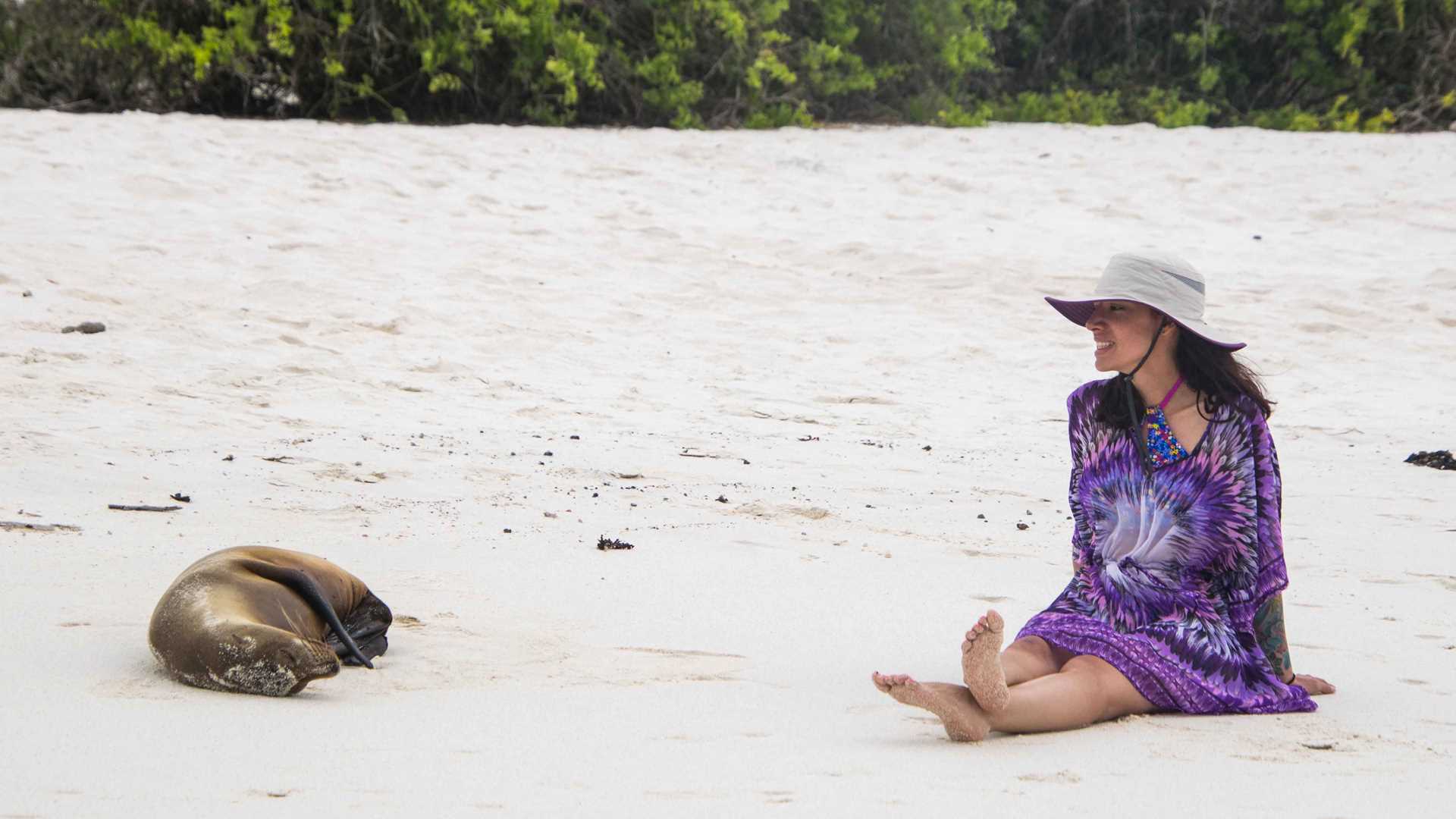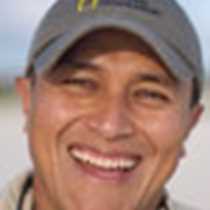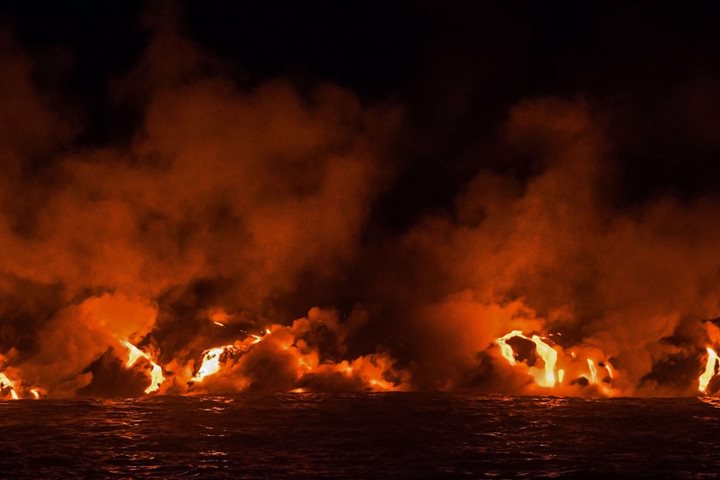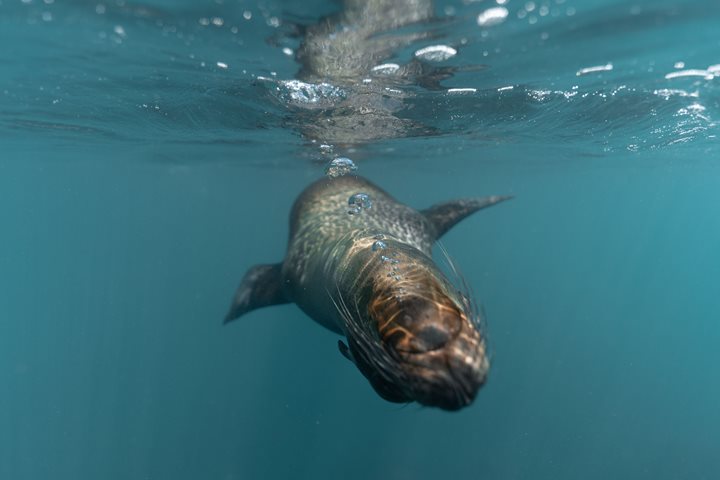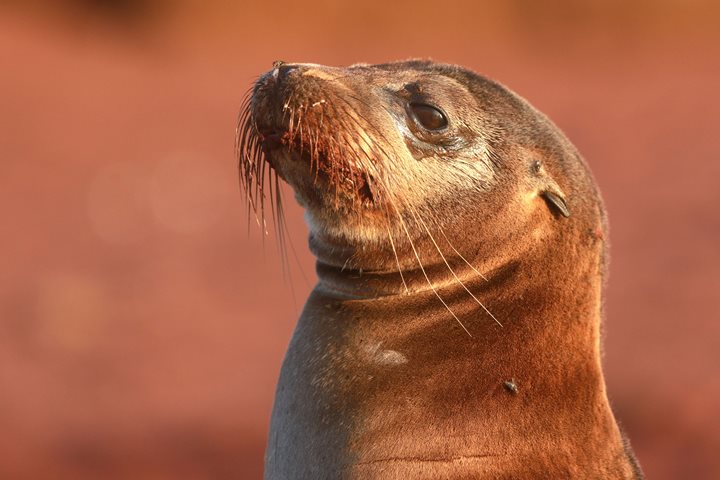Today we had our first full day of our expedition on one of the most iconic and wonderful islands of the Galapagos, Española Island. We started with kayaking early in the morning. Afterward, we jumped into the water for our first snorkelling of the week, where we had very close encounters with Galapagos sea lions and a couple of sea turtles resting on the sandy bottom of Gardner Bay. We also had a great time exploring Gardner Bay beach and seeing a big colony of sea lions that dominate this white sandy area. For lunch, we enjoyed an Ecuadorian buffet with a wide variety of dishes from the coast and highlands of Ecuador. After lunch, we had a presentation about photography in the Galapagos. In the afternoon, we sailed to Punta Suarez, the best place to observe the waved albatross which uses this site as one of its main nesting colonies. This is just our first day, but everyone already has a lot of excellent pictures to choose from. There have been so many wonderful subjects.
- Daily Expedition Reports
- 30 Jul 2018
Española Island, 7/30/2018, National Geographic Islander
- Aboard the National Geographic Islander
- Galápagos
José Guerrero, Naturalist/Certified Photo Instructor
José Guerrero Vela is an Ecuadorian permanent resident of the Galapagos. His mother was born in the islands and his grandfather was one of the first generation of teachers in the Galapagos, which has always inspired him to promote education as the ma...
Read MoreShare Report
Related Reports
11/23/2022
Read
National Geographic Islander II
Isabela and Fernandina
Our day began with the chance to point out a lot of interesting geological features as we enjoyed Zodiac tours along a massive flank of Ecuador Volcano on Punta Vicente Roca. In the afternoon, we took a sunny walk on Punta Espinoza on Fernandina Island. We spotted many iguanas, and a bunch of sea lions hanging around, too.
11/22/2022
Read
National Geographic Islander II
North Seymour & Rabida Islands
Relatively small and low compared to neighboring Santa Cruz, North Seymour is located to the north of Baltra. The island is dry with predominantly low shrubs, like prickly pear cacti. The incense trees are bare during the dry season. Seabirds like frigatebirds and blue-footed boobies nest on the island, and sea lions rest on the sand when they are not fishing. Land and marine iguanas also live here. Rabida is in the middle of the archipelago and has a striking red sand beach. We observed a small colony of sea lions of all ages resting or nursing. Behind the beach, American flamingos nest in a brackish lagoon. This island is full of contrasts and wildlife that we enjoyed observing during this day of expedition.

